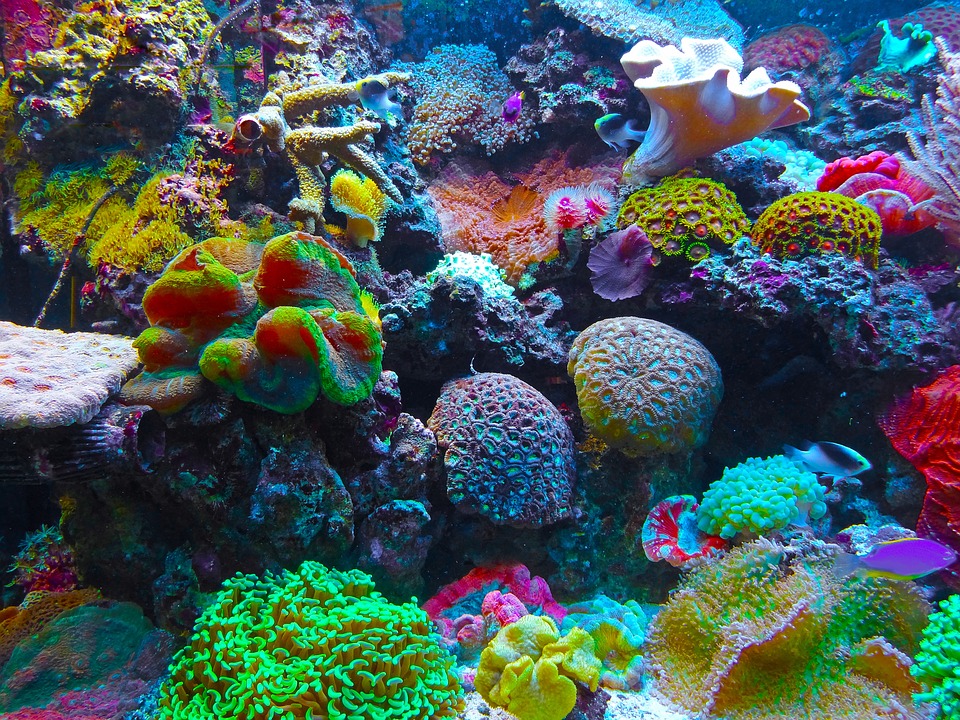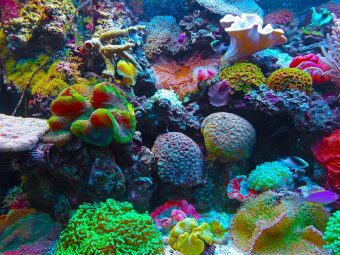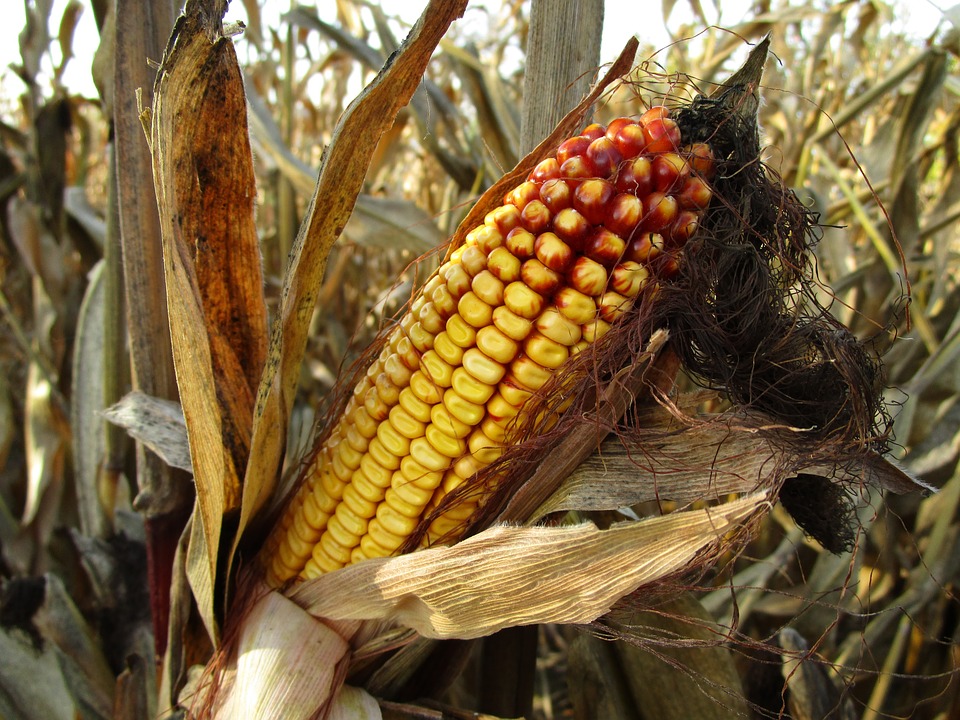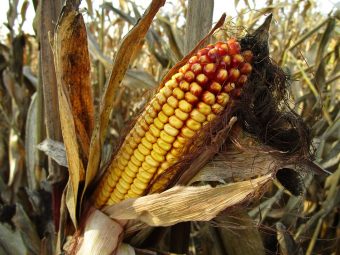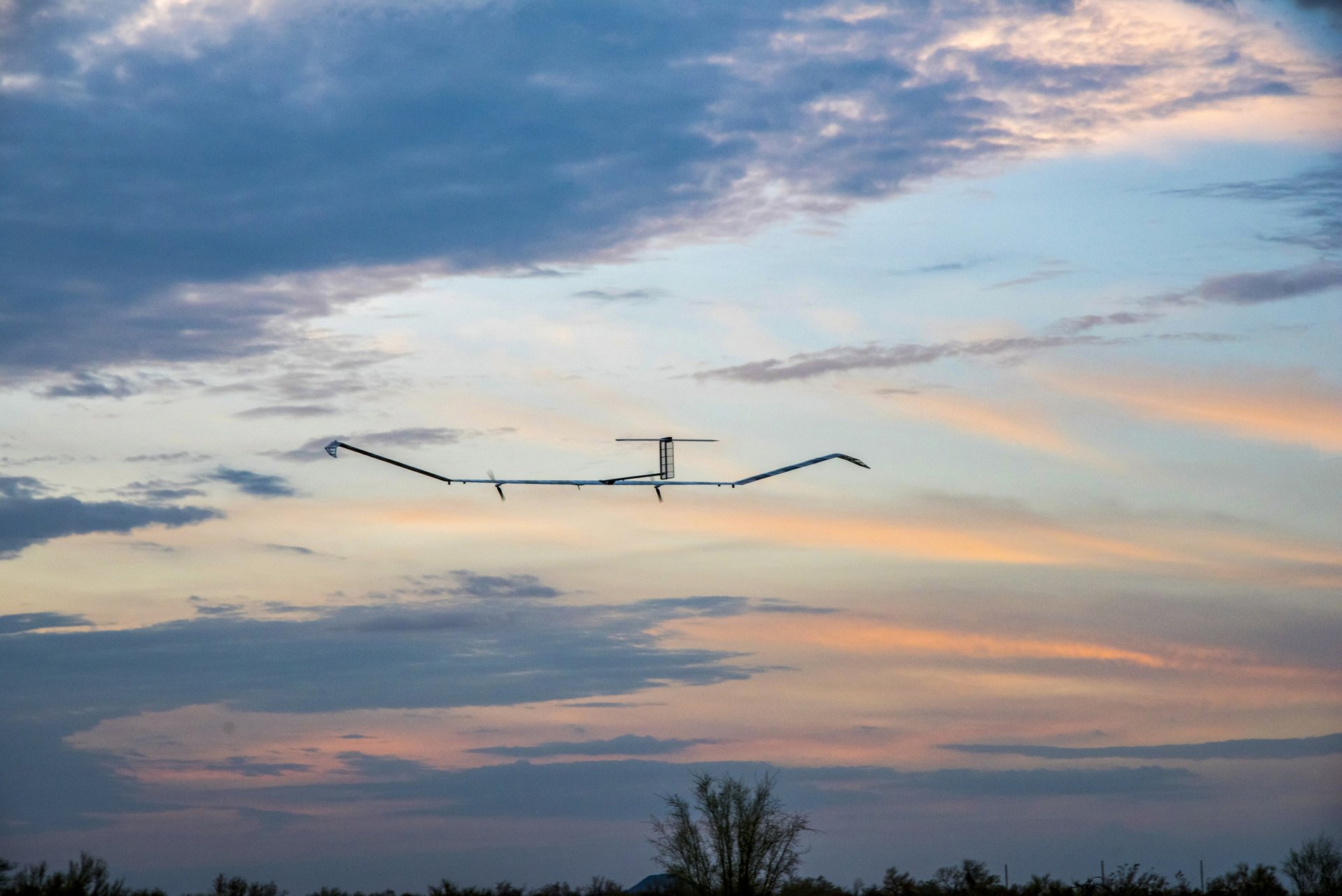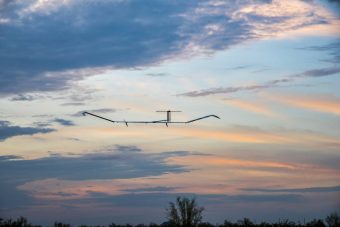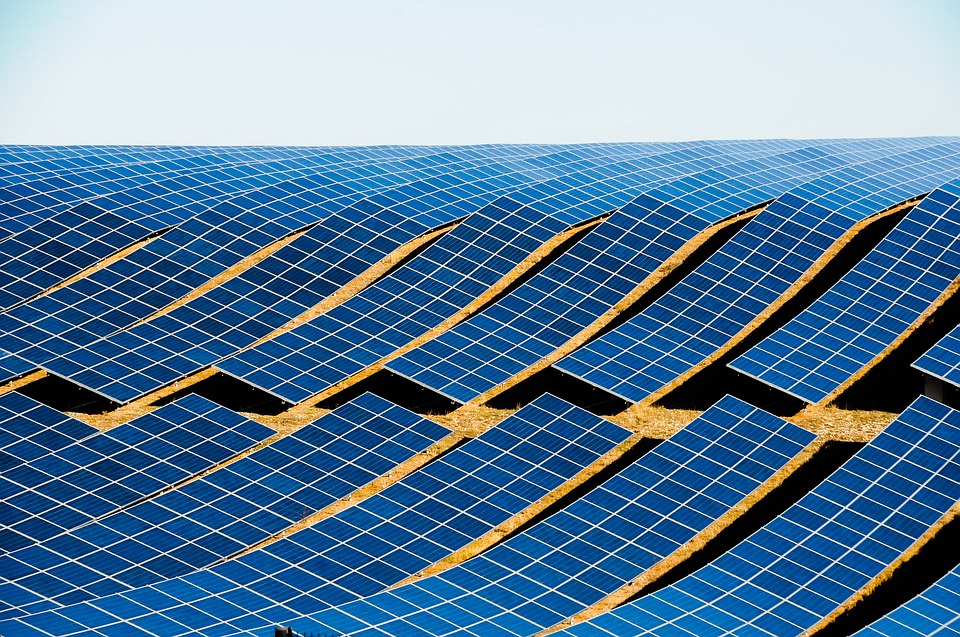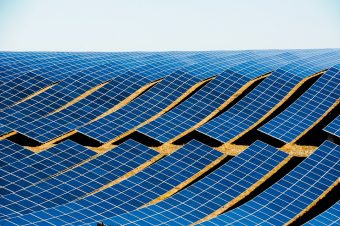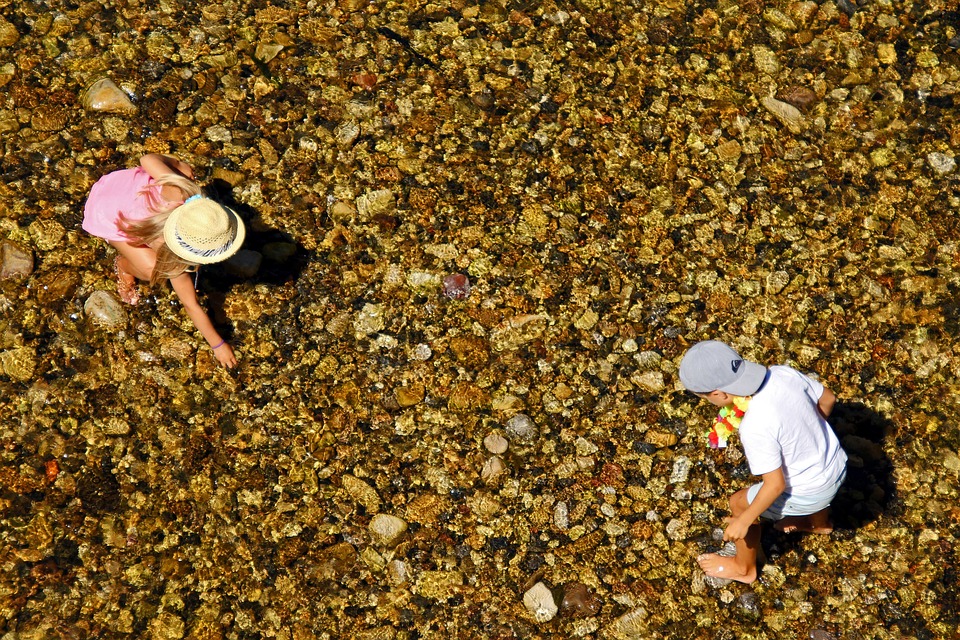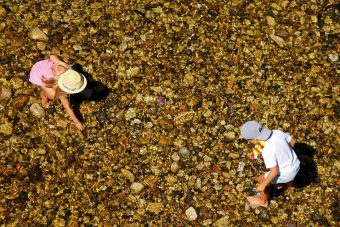Virgin Group Founder Richard Branson and Olympic Gold Medal Winner Usain Bolt are backing the Caribbean’s ambition to become the world’s first “climate smart” zone.

The athlete helped launch the Caribbean Climate-Smart Accelerator in Jamaica yesterday, a coalition of 26 countries and more than 40 private and public sector partners.
He announced an annual $50,000 (£39,142) ‘Speed Award’, which will be given to the country that makes the most impressive strides in building a clean and green Caribbean.
The initiative aims to fast track climate action across the region by investing in renewable energy, development of sustainable cities, oceans and transportation.
The World Bank and the Inter-American Development Bank (IDB) have both made a three-year commitment of $1 million (£0.78m) annually to get the Accelerator up and running.
An anonymous entrepreneur is investing $2 million (£1.6m) to support the Belize Government’s ocean protection efforts, ocean advocacy across the Caribbean and entrepreneurs deploying business solutions.
Prime Minister of Jamaica, Andrew Holness said: “Being climate-smart means putting the people of the Caribbean at the centre of all we do – to protect them from the challenges of climate change. The Caribbean Accelerator will also encourage job creation, social inclusion and economic growth.
“These benefits will only come when governments, the international community and the private sector work together to overcome barriers and generate the investment that will benefit us all.”
Source: Energy Live News







